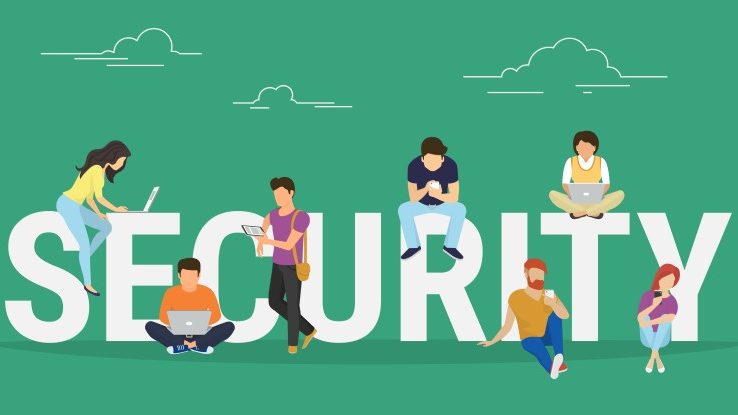All companies will agree that they do not want their data to be leaked. This is more critical if you handle sensitive information like Financial institutions and government agencies, who are among the top targets for cyber-attacks. Even if modern technologies are used and cyber regulations are regularly updated, cybersecurity is still problematic, and threats are becoming more and more complex. Against that backdrop, more than 90% of cybersecurity issues originate from human error within your organization, not externally. All this is aggravated by the fact that due to the fact that it is very difficult to detect internal threats, this may take years, and many of them are associated with a lack of cyber literacy.
The Importance of Cyber Literacy
Most violations and disclosures comes from human error. In fact, it’s quite common for employees to threaten their organization out of boredom, spite, or phishing scams from hackers. However, most cyber attacks are caused simply by human error. The most common example being downloading a malicious file from email or from other source like website, that would release malware into the internal network, which can slowly leak private and confidential company documents. Without creating awareness and providing deeper understanding of best practice through cyber literacy, any threat mitigation tool or firewall is rendered useless. The threats are coming from your own people.
Investing in Employee Education Will Help Retention
No one likes a boring job. And investing in the cyber literacy of your team, not only shows employees that they are appreciated, but that their professional development needs are seen and met. Any additional training that exposes your employees to other worlds of content is an investment in employee retention and in your company’s success.
Let’s think about another scenario – reducing insider threats through strict security policies. This includes random computer checkups or monitoring of activities done by employees online, which, no surprise, can backfire by decreasing employee satisfaction and productivity. Instead, organizations can and should invest in educating their entire workforce on security threats and best practices.
